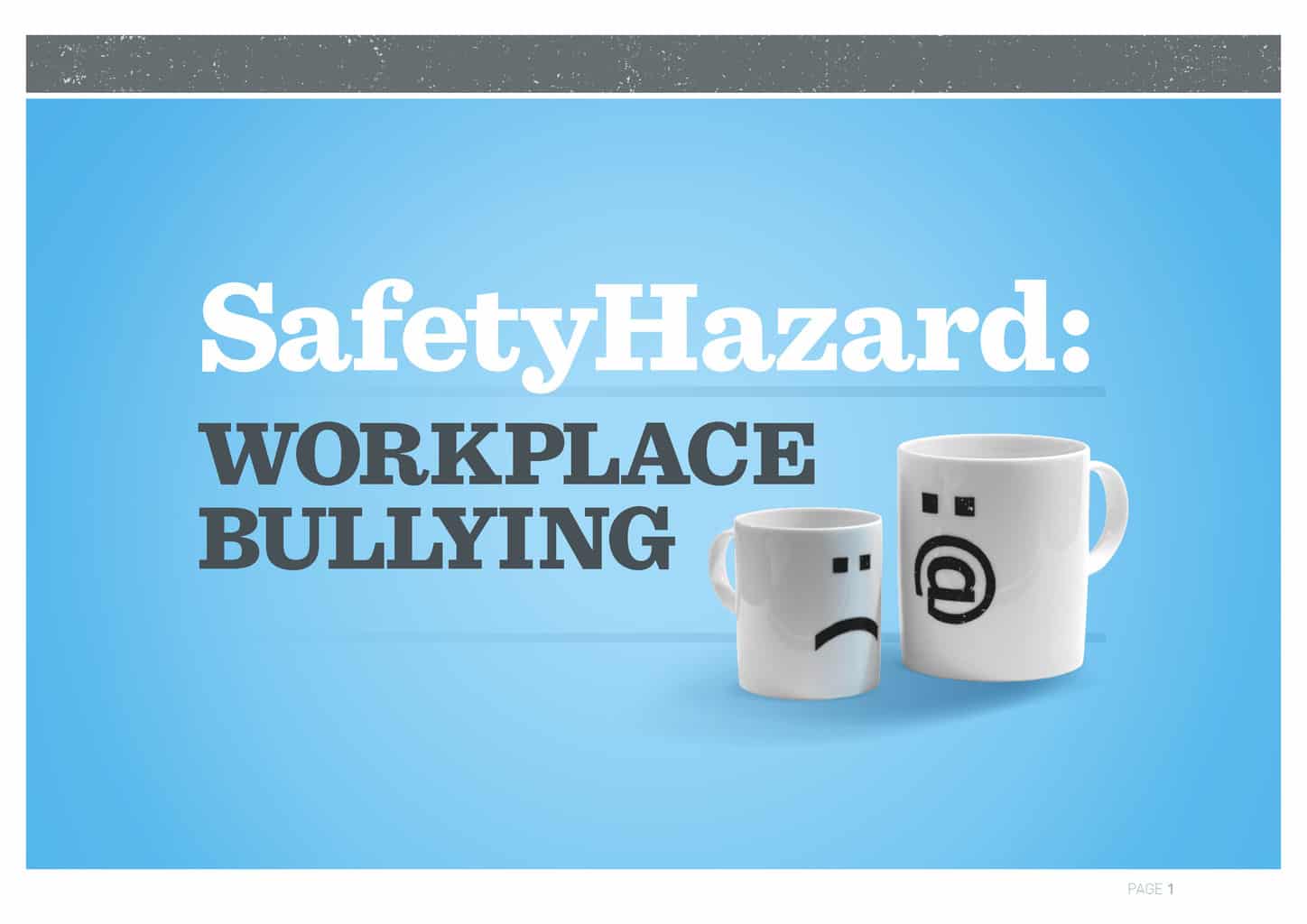On 10 July 2012, the InDaily online news service ran an article about Jodie Bradbrook of Bradbrook Lawyers, a boutique law firm in South Australia. The article was very critical of the currently Work Health and Safety Bill that is stalled in that State’s Parliament. Bradbrook stated that the major points of contention were, amongst others, the issue of control, union right of entry and confusion over the Persons Conducting Business or Undertaking (PCBU).
This alarmist scaremongering has similarities to matters raised by the Housing Industry Australia (HIA), an organisation that, according to South Australia’s Industrial Relations Minister, Russell Wortley has been represented by Jodie Bradbrook, a relevant fact not acknowledged in the article or by InDaily. Bradbrook’s involvement with the HIA was noted in a December 2011 SafetyAtWorkBlog article. Continue reading “Political argy-bargy over OHS continues in South Australia”






